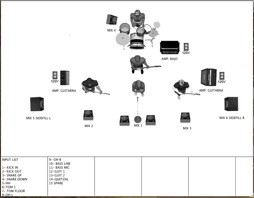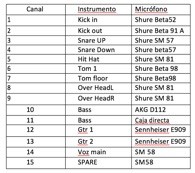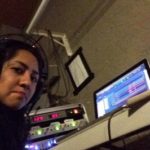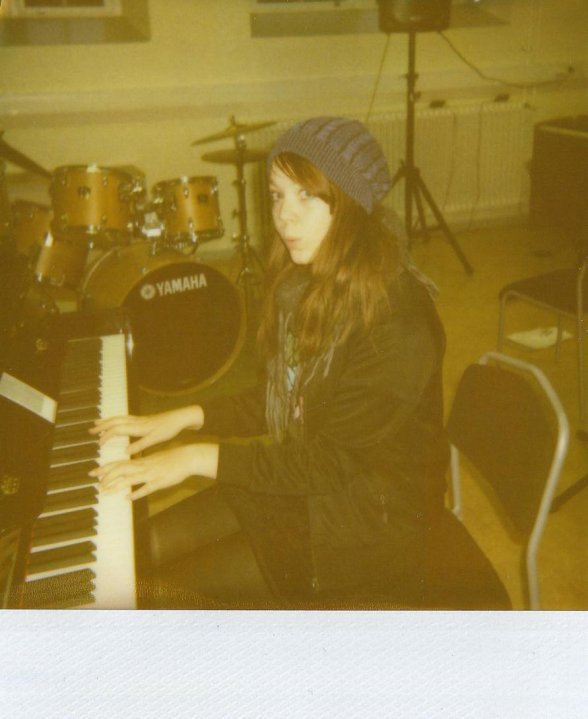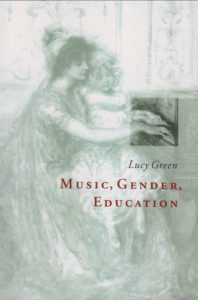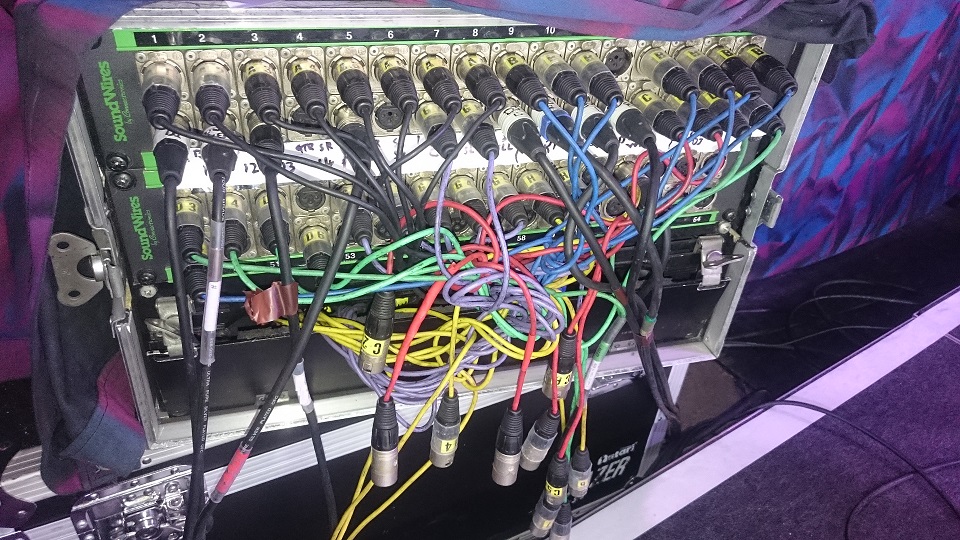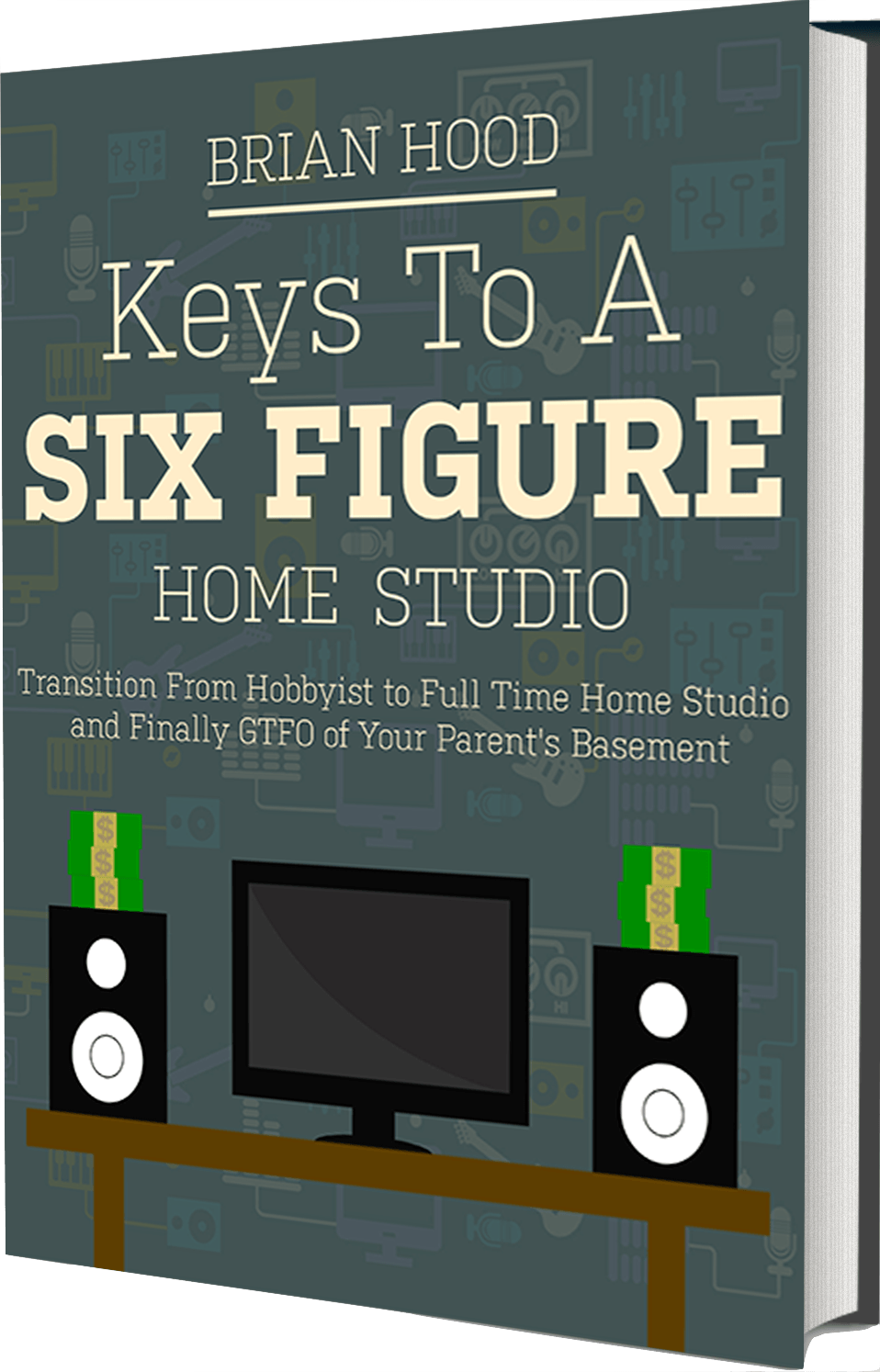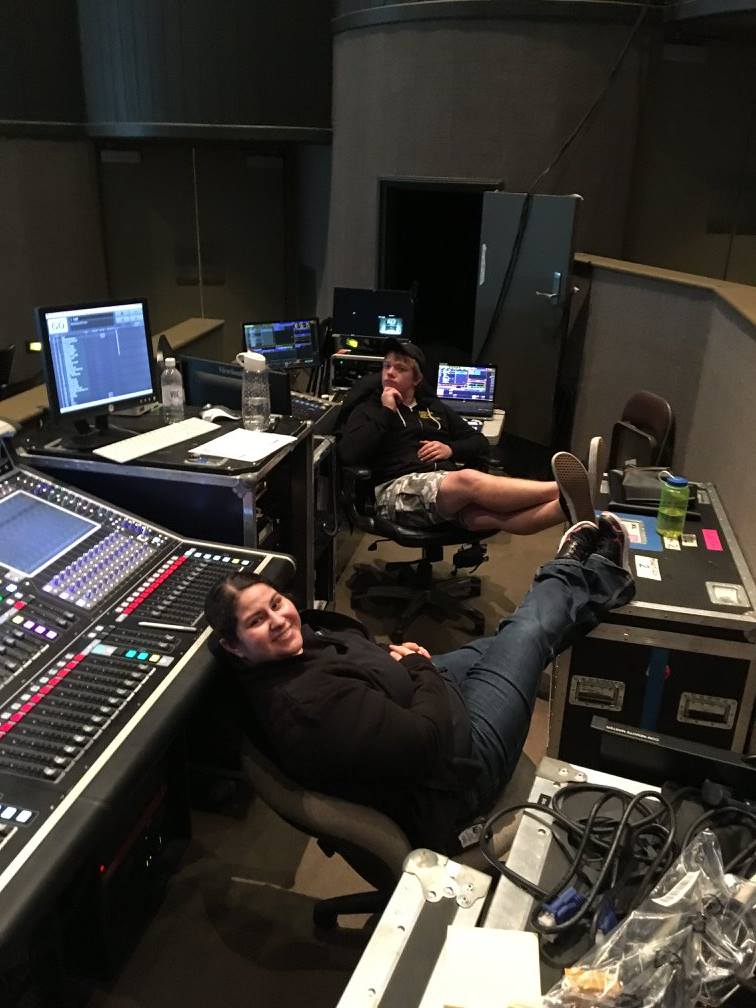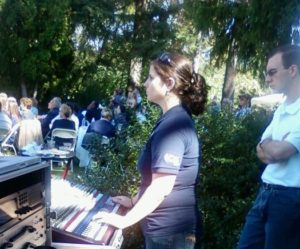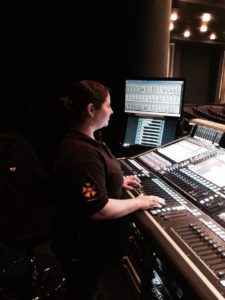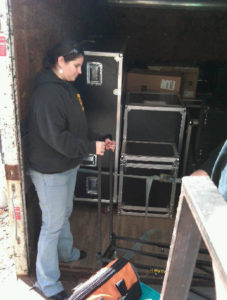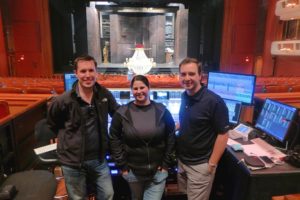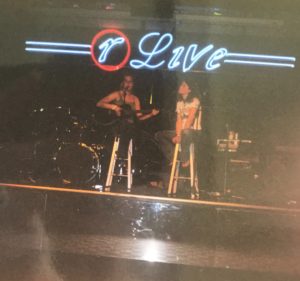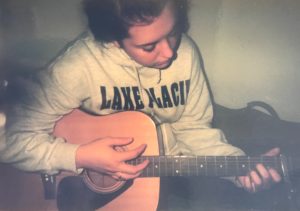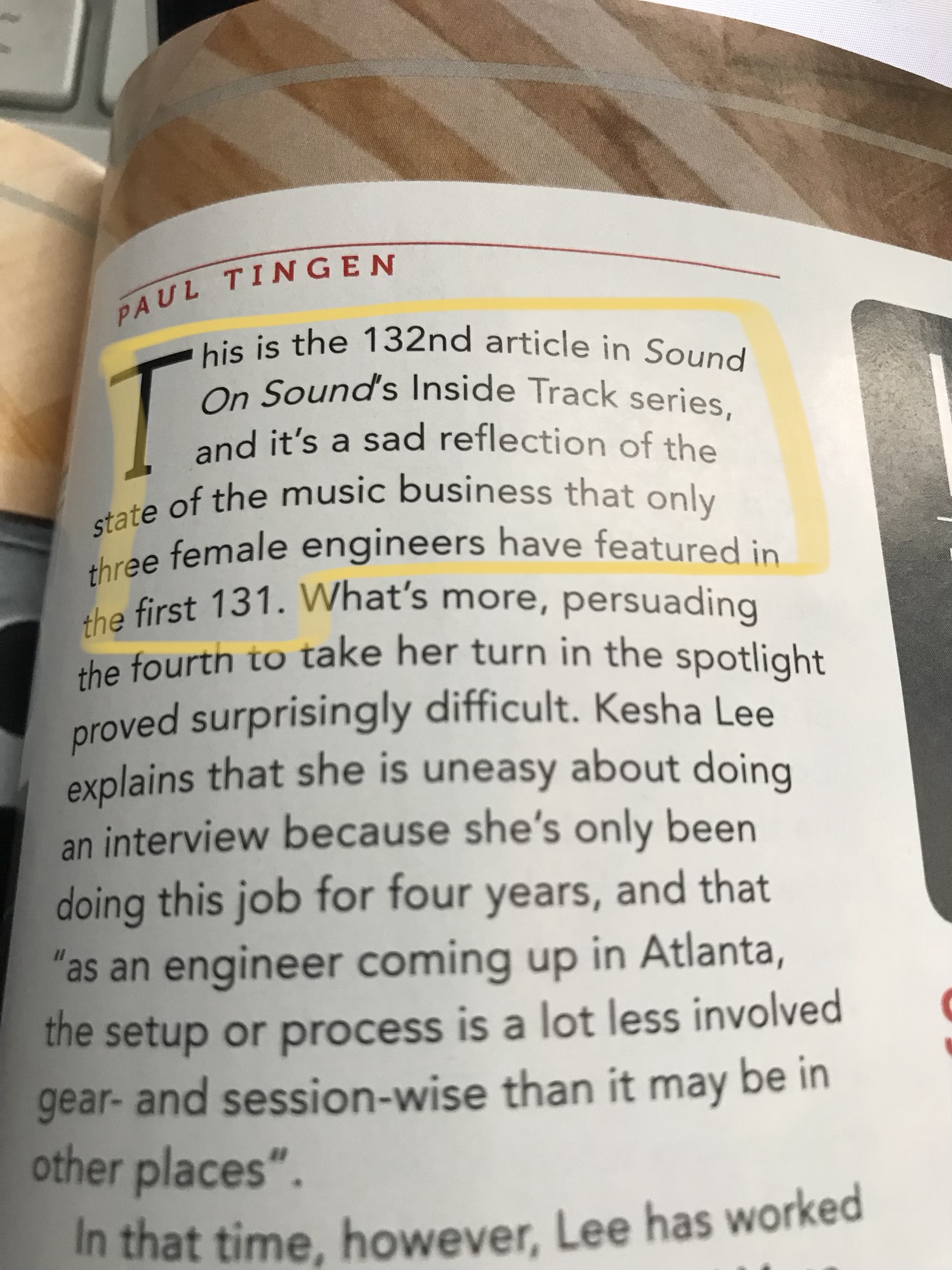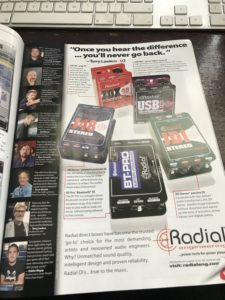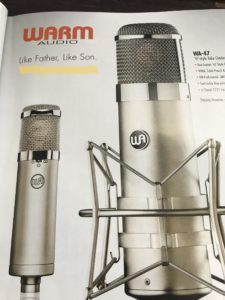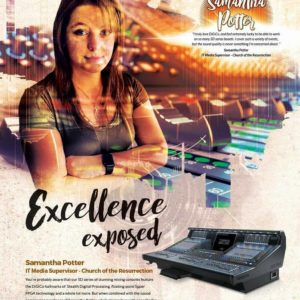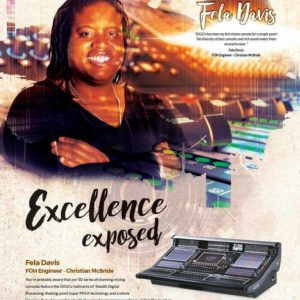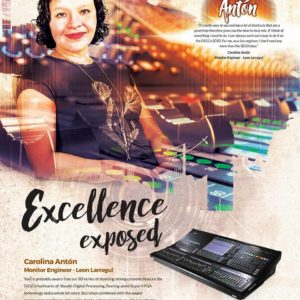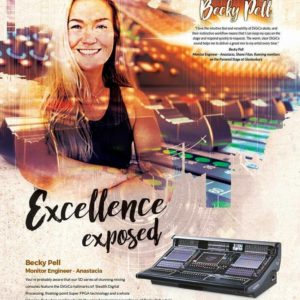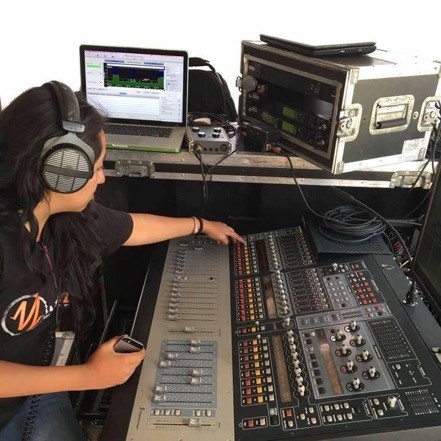
Consejos para mejorar el flujo de trabajo al mezclar FOH
En mi opinión, el sueño de todo operador de sonido, es obtener una mezcla de alto impacto que satisfaga a nuestros oídos y así hacer disfrutar a nuestra audiencia ofreciendo un buen concierto, por ello hay que tomar una serie de consideraciones, tales como:
Contar con una buena posición de nuestro FOH para tener una referencia real del sistema, es importante recordar que hay más de un punto en donde la audiencia esta escuchando, por eso el siguiente paso es:
Tener un buen sistema de audio alineado y optimizado, al tener un sistema con una buena cobertura, estaremos consientes de que nuestra mezcla llegará a todos y cada uno de los puntos de escucha y teniendo una buena optimización nos ayudara a evitar cancelaciones que empobrecen nuestra mezcla.
Tener un buen control de la ganancia de entrada (Estructura de ganancia), al conocer como funcionan técnicamente nuestros instrumentos de trabajo (consolas, procesadores, entre otros) podremos tener una dinámica y mayor headroom llegando al objetivo de transmitir la música de nuestro artista al público.
Todos estos conocimiento nos ayudarán a resolver desde antes algunas situaciones que nos harán distraernos y así, podremos enfocarnos mas fácilmente a mezclar un show con nuestro artista; Sin embargo cuando vamos empezando no siempre nos encontraremos con las herramientas optimas de trabajo, pero teniendo claras las bases, podremos resolver cualquier dificultad; es por esta razón que les comparto algunas de las técnicas que me han funcionado a la hora de mezclar un show en Sala.
Antes que nada, hay que tener bien estudiado y entendido el uso y tipos de procesadores tales como el de tiempo (reverberaciones, delays), dinámica (compresores, compuertas); filtros (shelving, HPF, LPF), ecualizadores (paramétricos, semi-paramétricos).
El buen control de ganancia de entrada es de suma importancia así como entender perfectamente el concepto de fase, teniendo claro estos aspectos, obtendremos una mezcla sólida y balanceada.
Cuando tenemos la oportunidad de empezar a laborar con una banda, siempre es emocionante pero aun siendo un maestro del buen uso de los procesos debemos tener la obligación de aprender el concepto y genero de lo que nuestro artista o grupo musical quiere reflejar al público.
Este es el flujo de trabajo que me ha funcionado para poder enriquecer mi trabajo.
Asistir a los ensayos- es muy importante estar en contacto con los músicos y el proyecto en general, ya que deberás prestar atención a puntos como: la ejecución que tienen los músicos, conocer el repertorio musical y con ello el sentimiento y dinámica que expresa cada canción.
Grabar los ensayos en multitrack– es algo que me a me a funcionado de una forma maravillosa por lo cual lo recomiendo ampliamente, ya que con este material y desde cualquier DAW (software) tendrás la posibilidad de practicar y estudiar, como por ejemplo: saber cuando enfatizar un “solo”, además al escuchar con atención la grabación te darás cuenta de la dinámica de la voz e instrumentos que ejecutan los músicos, con esto tendrás una idea mas clara del uso que puedes darle a los procesadores de dinámica, mientras más estudies los detalles de la grabación veras que saldrán múltiples ideas de lo que puedes hacer para lograr una mezcla de alto impacto, además de que de verdad agiliza tu trabajo a la hora de hacer el show.
Experimentar técnicas de microfoneo– tener conocimiento de la gran variedad de micrófonos que existen en el mercado, tomando en cuenta las siguientes características: sensibilidad, patrón polar y la respuesta en frecuencia; con esto podrás seleccionar lo que mejor que te convenga para tener un mejor sonido. No siempre se tiene el tiempo para verificar una y mil cosas dentro de un show pero uno de las principales tareas de un ingeniero de sala, es posicionar la microfonía con el fin de facilitar aún mas el trabajo de tu mezcla. Intentarlo!
El stage plot e input list- es una gran ayuda para los ingenieros a cargo de sus respectivas áreas así como el realizar junto con la persona encargada de monitores el input list.
A continuación comparto el input y stage plot del artista con quien trabajo.
Como dije al principio no siempre tenemos la posibilidad de encontrar con el quipo deseado pero estudiando duro, capacitándote y practicando podremos resolver todo obstáculo.
How to Make Stage Plots and Input Lists
Software and Apps for Designing Stage Plots
Originaria de la ciudad de México, comenzó sus estudios de audio y producción en el año 2013 en la universidad G. Martel y en seguida tomó una serie de cursos que le abrieron las puertas al medio de la industria de la música, como Mixtlán , Meyer sound , Shure learnig center, liveS, entre muchas más capacitaciones que aportaron mucho a su crecimiento laboral, actualmente se encuentra estudiando ingeniera en mecatrónica.
Su primer acercamiento laboral dentro del audio fue en el año 2016 al formar parte del staff del festival “El rock nos une” como técnico en microfonía, y ha tenido la oportunidad de operar en teatro, festivales, eventos corporativos y asistido a ingenieros de alineación de sistemas, por otro lado, ha realizado grabaciones y mezclas en estudios.
Actualmente trabaja de forma independiente en empresas de renta de sonido y trabajando de planta para dos bandas haciendo mezcla de sala.
